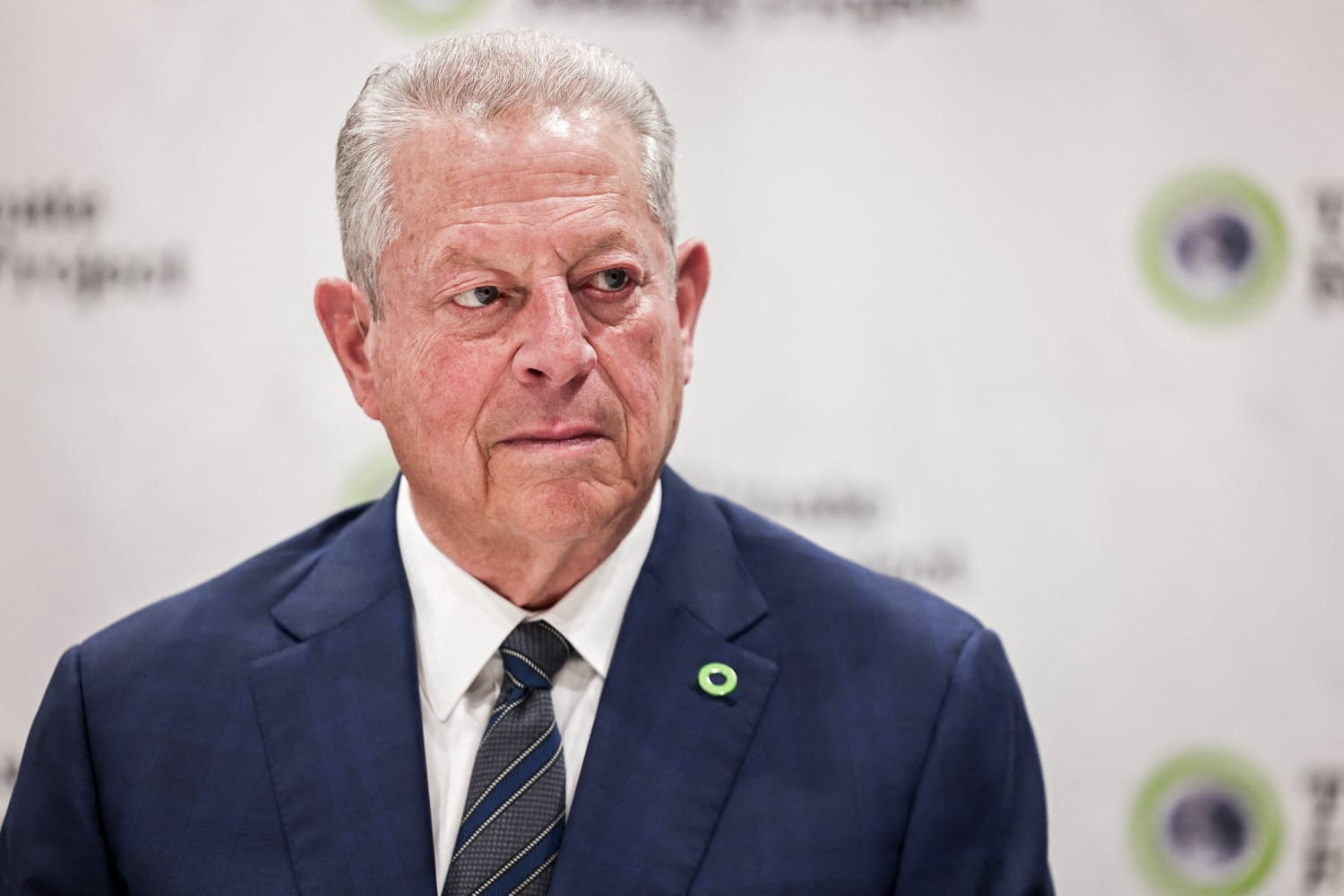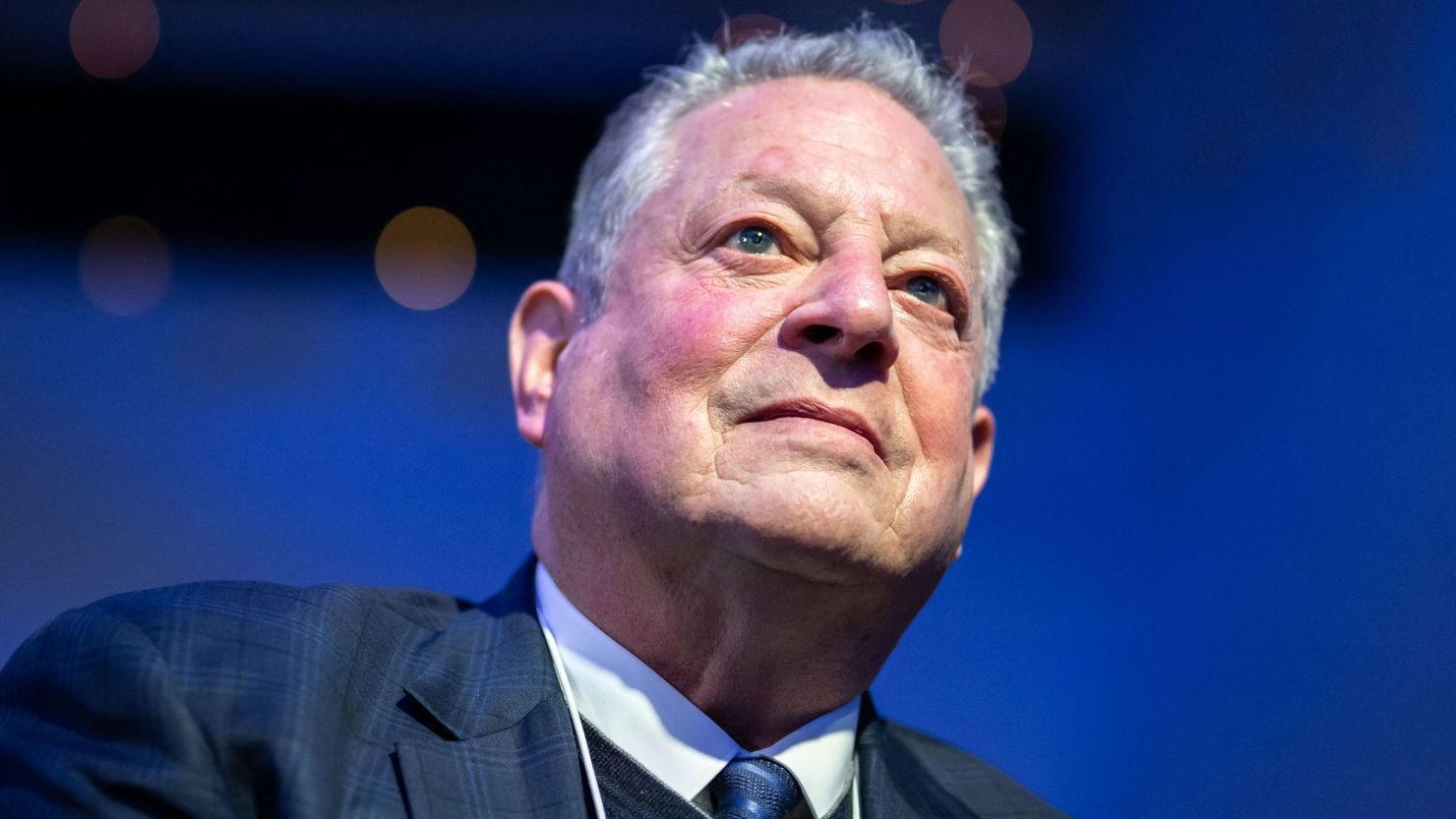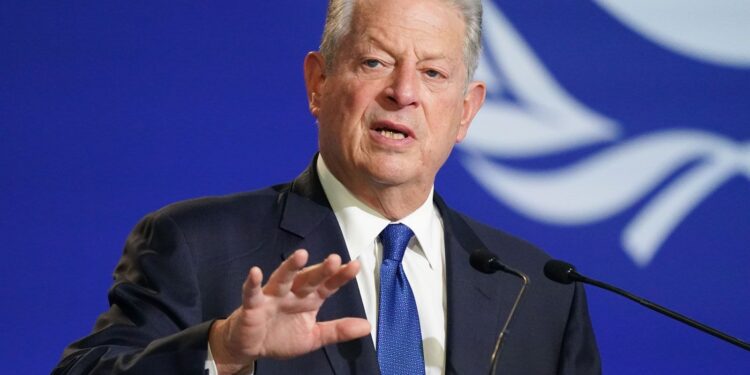Al Gore, a former Vice President of the United States and a longtime political figure, was born on March 31, 1948, in Washington, D.C. Even though he was born in the nation’s capital, his roots are tied to Tennessee, where he spent much of his early life.
His father, Albert Gore Sr., served as a U.S. Senator, and his mother, Pauline LaFon Gore, was one of the early female graduates of Vanderbilt Law School. Growing up in a politically active household shaped his interests and direction from a young age.
He attended Harvard University, where he studied government and graduated in 1969. While at Harvard, he studied under professors who sparked his interest in environmental issues. After his education, he served in the U.S. Army during the Vietnam era but was stationed as a military journalist.
His time in the army added another layer to his understanding of national issues. On returning, he started a career in journalism before fully entering politics. Gore’s political journey started in the House of Representatives, where he served four terms representing Tennessee.
Later, he was elected to the U.S. Senate, where he focused on environmental protection, arms control, and technology. In 1992, he became Bill Clinton’s running mate and went on to serve as Vice President from 1993 to 2001.

Rise to National Leadership and Presidential Ambition
As Vice President, Gore worked on a number of initiatives related to science, technology, and environmental conservation. He promoted government efficiency and was part of important discussions involving the internet’s expansion. His reputation as someone who understood both traditional policy and future trends helped boost his standing in the Democratic Party.
In 2000, Gore ran for president against George W. Bush. Although he won the popular vote, the election ended in a highly contested legal battle involving the state of Florida. The U.S. Supreme Court eventually halted the recount, which gave Bush the electoral win. This election remains one of the closest and most debated presidential races in American history.
After leaving office, Gore did not return to elected politics but instead shifted his energy toward business and environmental activism. His next steps helped him increase his influence globally and added more value to his financial worth.
Business Interests and Growth in Wealth
After his time as Vice President, Al Gore began working with several technology and media companies. He became a board member at Apple and served as a senior adviser to Google. These roles gave him access to stock options and investment opportunities that would later raise his net worth.
Gore also co-founded Generation Investment Management, a company focused on sustainability-based investments. This firm has managed billions of dollars in assets and has become one of his primary sources of income.
He also launched a media company known as Current TV, a news and information platform aimed at younger audiences. Though the channel received mixed reviews, it was sold in 2013 to Al Jazeera for a reported $500 million. Gore’s share of the sale contributed heavily to his financial growth, with estimates suggesting he made about $70 million from the deal.
With steady income from business, speaking fees, book sales, and investments, Gore’s estimated net worth has grown to around $300 million. This figure puts him among the wealthiest individuals who once held high political office in the United States. Unlike others who came into politics with business backgrounds, Gore built his wealth after leaving office, mostly through technology, environmental investment, and media partnerships.
Assets, Properties, and Vehicles
Al Gore owns several properties in the United States. His primary residence is in Nashville, Tennessee, where he lives on a large estate. He also owns homes in California, including a house in Montecito and another one in San Francisco. These properties are large and come with modern environmental features such as solar panels, energy-saving systems, and green-certified construction materials.
His real estate holdings have drawn attention, particularly from critics who point out the difference between his environmental message and the size of his homes. However, Gore has stated that the homes use renewable energy sources and follow sustainability guidelines where possible.
As for cars, Gore has been seen using hybrid and electric vehicles. His interest in clean energy and reducing carbon emissions extends to his transport choices. Though he could afford luxury vehicles, he tends to support brands that promote fuel efficiency and eco-friendly design. His car collection includes models like the Toyota Prius and Tesla vehicles.
Family Life, Marriage, and Personal Background
Al Gore married Mary Elizabeth “Tipper” Aitcheson in 1970. They were married for forty years and raised four children together. Tipper was often seen at campaign events and served as an advocate for mental health awareness. She also worked on several programs during Gore’s vice presidency, focusing on music, youth behavior, and public policy.
In 2010, the couple announced their separation. They have not officially divorced but have lived separate lives since then. Despite the split, both remain involved in their children’s lives and continue to share family responsibilities. The children, Karenna, Kristin, Sarah, and Albert, are involved in different careers ranging from writing to law and public service.
Gore has kept a relatively private lifestyle since his time in public office, though he does attend public events, delivers speeches, and meets with leaders across various industries. His Christian faith continues to be part of his personal life, and he often refers to moral responsibility when discussing climate issues.
Focus on Environment and Global Advocacy
After leaving politics, Gore became more active in speaking about climate change. His 2006 documentary, An Inconvenient Truth, brought wide attention to global warming. The film received many awards, including an Academy Award, and it pushed environmental issues to the center of public discussion.
He later won the Nobel Peace Prize in 2007 alongside the Intergovernmental Panel on Climate Change for efforts to increase awareness about the climate crisis. Gore founded the Climate Reality Project, a nonprofit organization that trains climate activists and organizes events across the world.
The group aims to spread information, push for policy changes, and support clean energy. Through conferences, global broadcasts, and training sessions, the organization has helped build a large network of climate advocates.
He has written several books, including Earth in the Balance and Our Choice, where he discusses the relationship between human activity and environmental impact. His writing style combines research with personal insight and is often used in schools and public forums.
Public Image and Recognition
Although he no longer holds political office, Al Gore remains a respected figure in climate discussions. He speaks at international gatherings, joins panels with scientists and business leaders, and continues to push for global cooperation on climate action. His calm speaking style and use of detailed research give him credibility among experts and students alike.
He has also appeared on talk shows, news programs, and documentaries. While his public appearances are now more focused on science and the environment, people still see him as a former politician who has remained active in national discussions.
Critics sometimes argue that his business connections conflict with his environmental advocacy. However, Gore responds by pointing out that clean energy can also bring profit if handled responsibly. He often argues that fighting climate change should include both personal responsibility and structural reforms in business and government.

Life Beyond Office and Present Role
Al Gore has continued to expand his efforts by working with investors, startups, and nonprofits focused on sustainability. His investment firm places money into companies that follow environmental and ethical standards. By linking money with morals, he supports a growing trend in finance called impact investing.
He also serves on advisory boards, mentors young activists, and works behind the scenes to support environmental legislation in the U.S. and abroad. Though his pace has slowed slightly with age, his interest in public service remains strong.
As of 2025, Gore continues to live between his homes in Tennessee and California. He manages his schedule around meetings, charity events, and speaking engagements. He is not expected to return to electoral politics but stays involved in national discussions through his activism.
Al Gore stands as someone who built his wealth after leaving government, instead of before entering public office. His story blends political service, business skill, and environmental work into one long career. While his business deals raised his net worth, his ongoing interest in solving climate-related problems has kept him active in public service through a different route.
He owns valuable properties, travels for work, and speaks at top global events. But his central goal remains helping people understand how human activity affects the planet and what can be done to change it. His work continues to influence government policy, business standards, and the behavior of ordinary citizens. For many, Al Gore remains a voice that combines science, policy, and action in a way that encourages long-term responsibility.






















